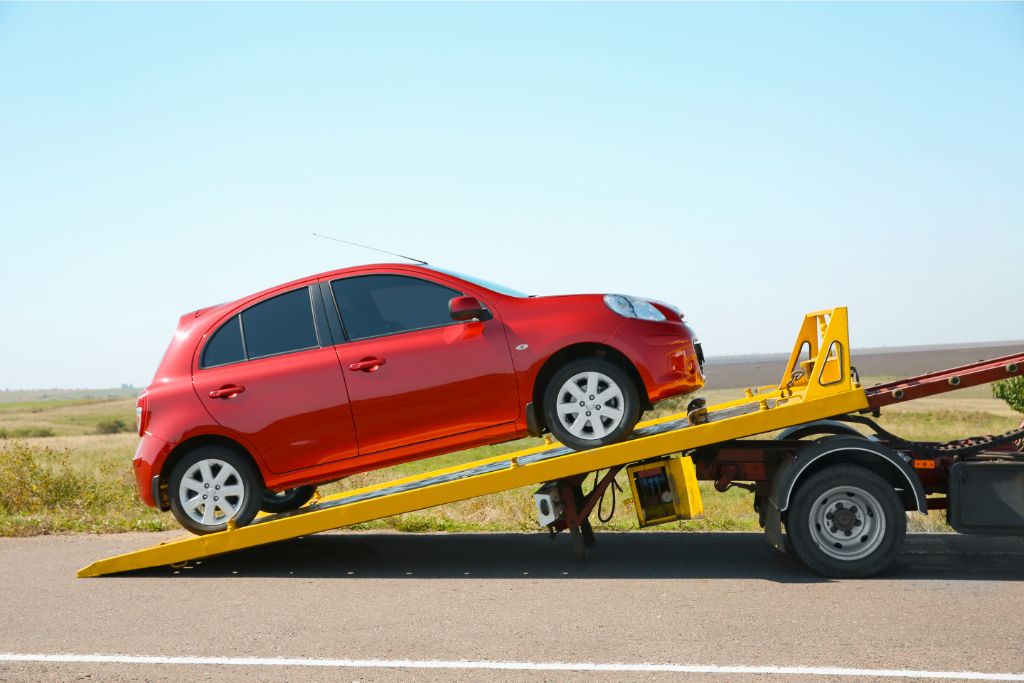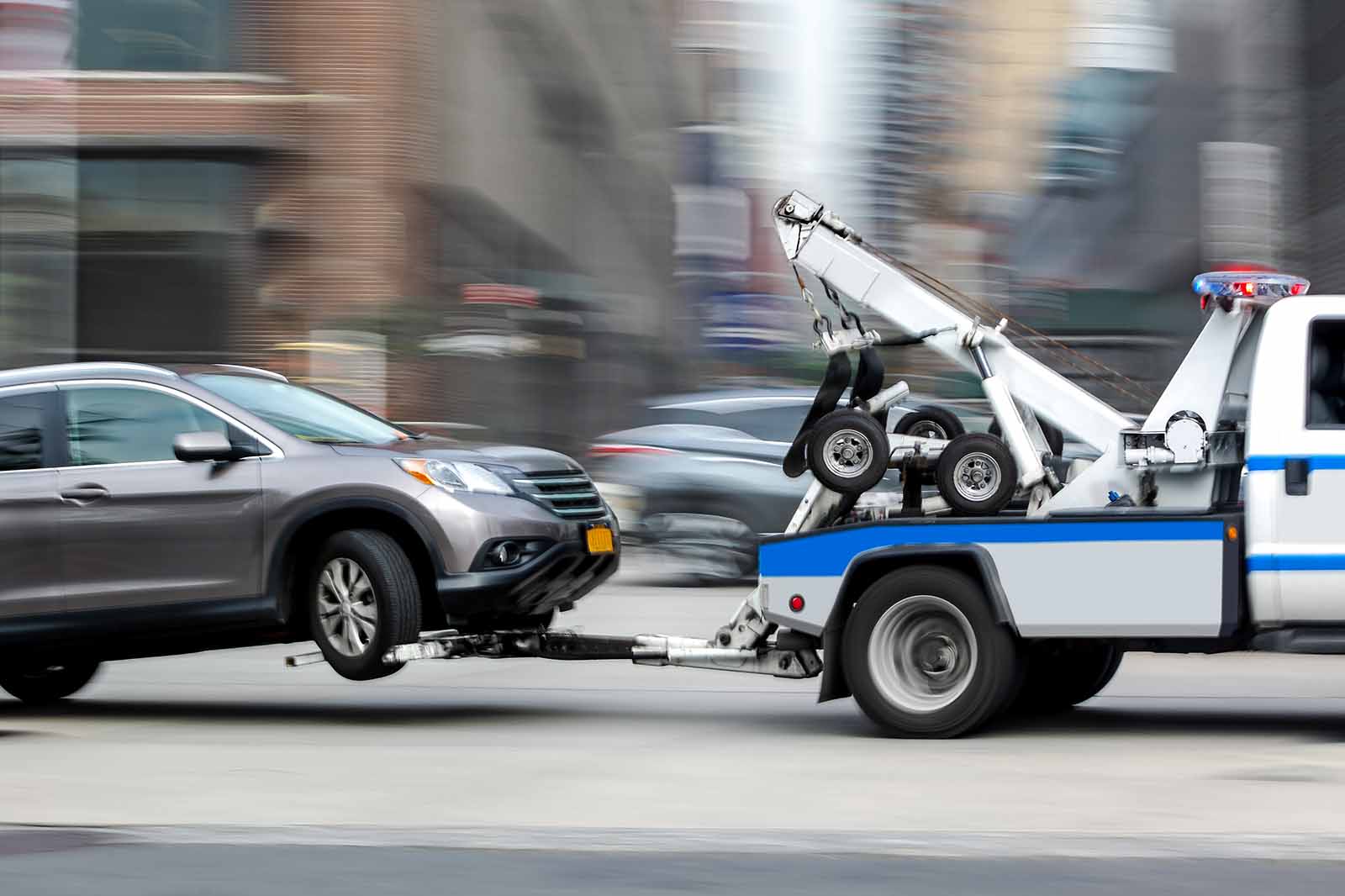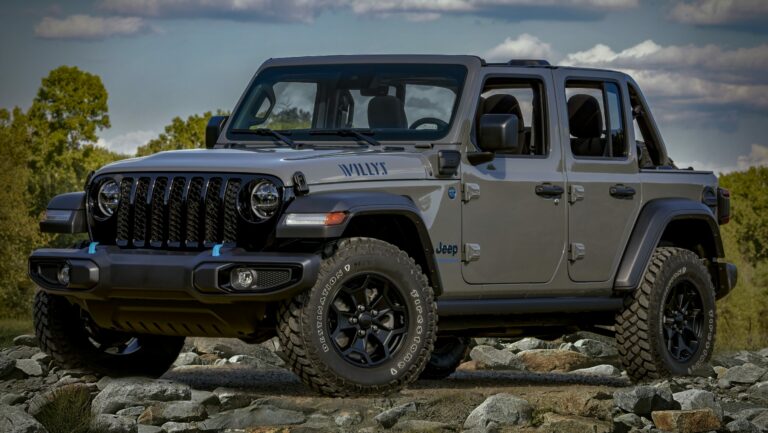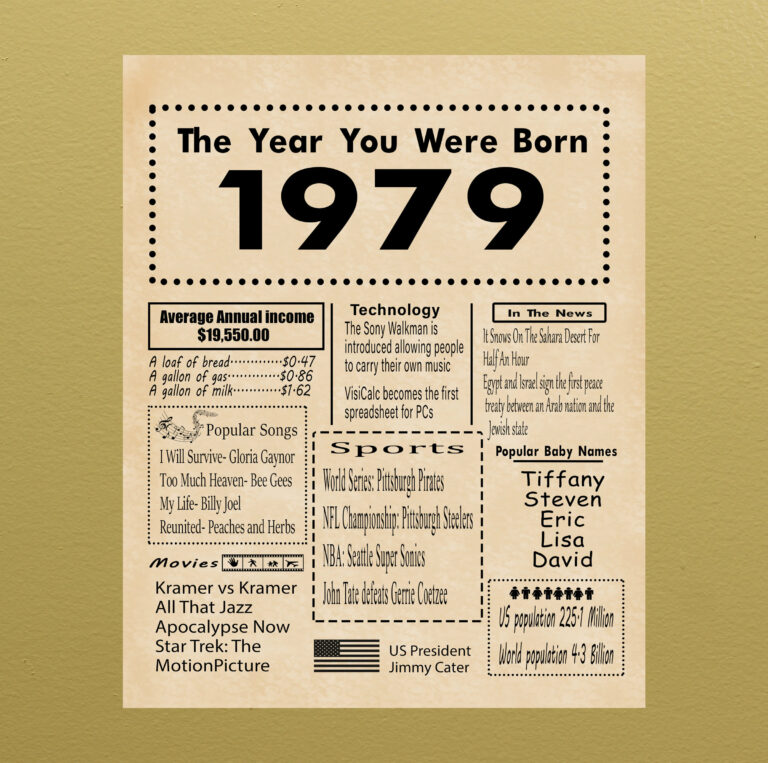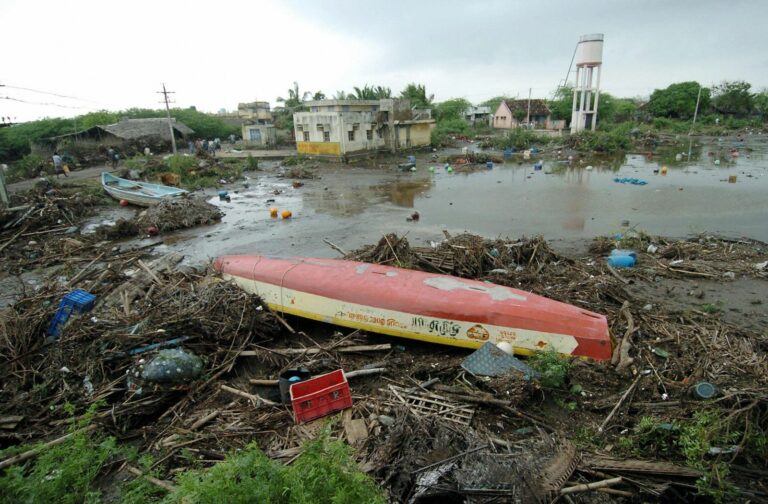Towing With Jeep Wrangler 2 Door: Unlocking Its Utility Beyond the Trails
Towing With Jeep Wrangler 2 Door: Unlocking Its Utility Beyond the Trails jeeps.truckstrend.com
The Jeep Wrangler 2-Door is an icon, synonymous with open-air adventure, rugged off-road capability, and a spirit of freedom. Its compact size, legendary 4×4 system, and removable doors make it a favorite for navigating tight trails and urban jungles alike. However, for many owners, the desire to extend its utility beyond mere passenger transport or extreme off-roading leads to a crucial question: Can this quintessential adventure vehicle truly handle towing? The answer is a resounding "yes," but with important caveats and considerations specific to its two-door configuration.
This comprehensive guide delves into everything you need to know about towing with your Jeep Wrangler 2-Door. We’ll explore its capacities, essential equipment, preparation, driving dynamics, and common challenges, ensuring you can confidently and safely haul your gear, small trailers, or adventure toys, expanding the horizons of your Wrangler’s versatility.
Towing With Jeep Wrangler 2 Door: Unlocking Its Utility Beyond the Trails
Understanding the 2-Door Wrangler’s Towing Capacity
Before hitching up, the most critical piece of information is your specific Wrangler’s towing capacity. Unlike its four-door counterpart, which often boasts a 3,500 lbs (or even 5,000 lbs for certain trims) towing capacity, the 2-door Jeep Wrangler typically has a maximum towing capacity of 2,000 pounds (approximately 907 kg). This figure is crucial and should never be exceeded.
Several factors influence this capacity:
- Engine and Transmission: While modern Wranglers offer potent engines (Pentastar V6, 2.0L Turbo, EcoDiesel), the 2-door’s chassis and wheelbase are the primary limiting factors, not necessarily engine power. Both automatic and manual transmissions are generally rated for the same capacity.
- Axle Ratio: While important for off-roading and fuel economy, the axle ratio doesn’t significantly alter the stated maximum towing capacity for the 2-door, though a higher (numerically lower) ratio might make towing feel more strained.
- Model Year and Trim: Always consult your specific vehicle’s owner’s manual or the sticker on the driver’s side door jamb for the definitive Gross Vehicle Weight Rating (GVWR), Gross Combined Weight Rating (GCWR), Gross Axle Weight Rating (GAWR), and maximum towing capacity.
- Why 2,000 lbs? The primary reason for the lower capacity compared to the 4-door is the 2-door’s shorter wheelbase. A shorter wheelbase inherently makes a vehicle less stable when towing, especially at higher speeds or in crosswinds, increasing the risk of trailer sway.

Key Towing Terms to Know:
- Gross Vehicle Weight Rating (GVWR): The maximum permissible total weight of your fully loaded vehicle, including passengers, cargo, and tongue weight of the trailer.
- Gross Combined Weight Rating (GCWR): The maximum permissible total weight of your fully loaded vehicle and the fully loaded trailer. This is your ultimate limit.
- Tongue Weight (TW): The downward force exerted by the trailer coupler onto the hitch ball. For most trailers, this should be 10-15% of the total trailer weight. For a 2,000 lbs trailer, the tongue weight should be 200-300 lbs. Too little or too much tongue weight can cause severe handling issues.

Essential Equipment for Towing
Having the right gear is non-negotiable for safe and effective towing.
- Hitch Receiver: Your Wrangler will need a hitch receiver. Most 2-door Wranglers come with an optional Class II hitch receiver from the factory, rated for 3,500 lbs, but this doesn’t mean the vehicle can tow that much. It just means the hitch component is strong enough. Aftermarket options are also available. Ensure it’s properly bolted to the frame.
- Wiring Harness: For trailer lights (tail lights, brake lights, turn signals). Most small trailers use a 4-pin flat connector. If your trailer has electric brakes or requires auxiliary power, you’ll need a 7-pin round connector and potentially a separate power wire from your battery.
- Ball Mount and Hitch Ball: Choose a ball mount with the appropriate rise or drop to ensure the trailer rides level. The hitch ball’s size (e.g., 2-inch) must match the trailer’s coupler, and its weight rating must exceed your maximum loaded trailer weight.
- Safety Chains: Always cross the safety chains under the trailer tongue and attach them to the designated points on the hitch receiver. They are a backup in case the primary connection fails.
- Trailer Brakes and Brake Controller: For trailers exceeding a certain weight (often 1,000-1,500 lbs, but check local laws), or for any trailer that significantly adds to your stopping distance, independent trailer brakes are crucial. If your trailer has electric brakes, you’ll need an aftermarket brake controller installed in your Wrangler, which allows you to adjust and activate the trailer’s brakes.
- Towing Mirrors: If your trailer is wider than your Wrangler, you’ll need extended or clip-on towing mirrors to maintain proper visibility of vehicles behind and beside you.
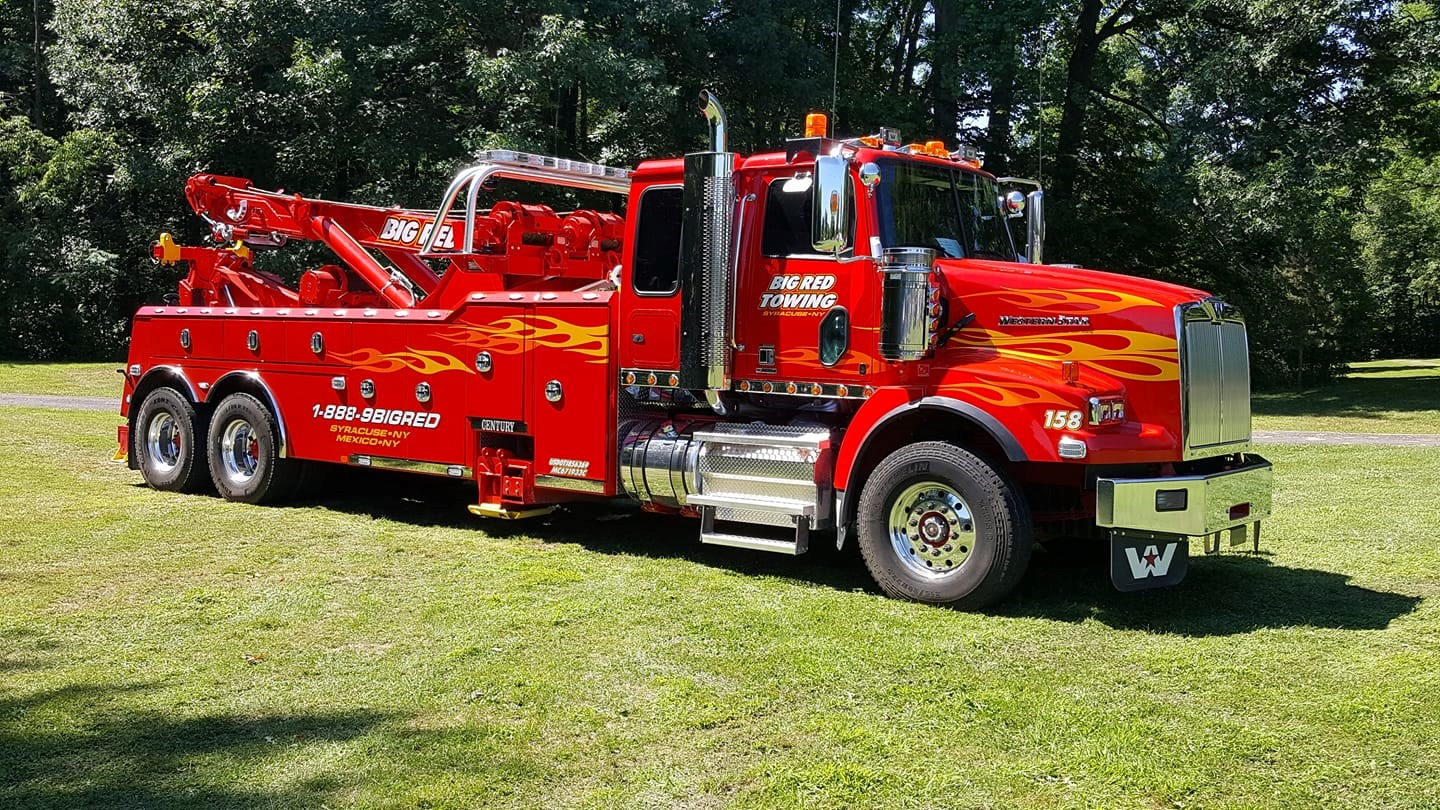
Preparing Your Wrangler for Towing
Proper preparation ensures both your safety and the longevity of your vehicle.
- Vehicle Maintenance:
- Tires: Ensure tires are properly inflated to the recommended pressure for towing (often higher than normal driving pressure, consult manual). Check tread depth and overall condition.
- Brakes: Have your brakes inspected. Towing puts significant strain on your braking system.
- Fluids: Check engine oil, transmission fluid, coolant, and power steering fluid levels. Consider a transmission cooler if you plan to tow frequently in hot climates or over hilly terrain.
- Battery: Ensure your battery is in good health to handle the additional electrical load.
- Tire Considerations: While off-road tires look great, their aggressive tread patterns can be noisier and less fuel-efficient on pavement, and may offer less stable handling when towing compared to all-terrain or highway tires. Ensure they are rated for the load.
- Suspension: A stock Wrangler’s coil spring suspension can sag under significant tongue weight, especially if you have heavy aftermarket bumpers or gear already. This negatively affects handling, braking, and headlight aim.
- Solutions: Consider installing airbags (e.g., Air Lift, Firestone) or helper springs that fit inside your coil springs. These can be inflated when towing to maintain ride height and stability, and deflated for off-roading.
- Lift Kits: If your Wrangler is lifted, ensure the lift components (shocks, springs) are appropriate for towing and that the hitch geometry remains correct. Excessive lift can sometimes complicate proper ball mount selection.
- Engine Cooling: Towing increases engine load, which generates more heat. Monitor your temperature gauge closely, especially when climbing hills or driving in hot weather.
Types of Trailers Suitable for a 2-Door Wrangler
Given the 2,000 lbs towing capacity, the 2-door Wrangler is best suited for lightweight trailers. These include:
- Small Utility Trailers: For hauling mulch, gardening supplies, small furniture, or camping gear.
- Pop-Up Campers: Many lightweight pop-up campers fall within the 2,000 lbs limit. Always check the specific camper’s Gross Vehicle Weight Rating (GVWR).
- Small Boat Trailers: Kayaks, canoes, paddleboards, jet skis, or very small fishing boats (e.g., a 12-14 ft aluminum boat with a small outboard motor).
- Motorcycle/ATV Trailers: Typically single-bike trailers or very lightweight ATV trailers.
- Cargo Trailers: Small enclosed trailers for luggage or equipment, but be mindful of their aerodynamic drag.
Important: Always verify the actual loaded weight of your trailer on a scale. Manufacturers’ "dry weight" figures don’t include water, propane, gear, or personal items, which can quickly push you over the limit.
Pre-Towing Checklist and Hitching Process
Before every trip, run through this checklist:
- Vehicle and Trailer Inspection:
- Check tire pressure on both Wrangler and trailer.
- Inspect all lights on the trailer (running, brake, turn signals).
- Ensure safety chains are crossed and properly attached.
- Check hitch pin and coupler latch are secure.
- Verify brake controller (if applicable) is functioning.
- Loading the Trailer: Proper weight distribution is paramount.
- Aim for 10-15% of the total trailer weight as tongue weight.
- Load heavier items low and over the trailer’s axle.
- Secure all cargo to prevent shifting during transit.
- Adjusting Mirrors: Ensure you have clear visibility down both sides of your trailer.
- Breakaway Cable (if applicable): Connect the trailer’s breakaway cable (for trailers with electric brakes) to your Wrangler, ensuring it’s not taut during turns.
Driving Dynamics and Safety Tips While Towing
Towing significantly changes your vehicle’s handling characteristics.
- Speed Limits: Obey all posted towing speed limits, which are often lower than regular limits (e.g., 55 mph in some states). Even without specific limits, drive slower than usual.
- Braking: Your stopping distance will increase dramatically. Begin braking earlier and more gently. Use the brake controller manually if necessary for steep descents.
- Acceleration: Your Wrangler will accelerate slower. Allow more time and space for merging and passing.
- Turns: Make wider turns to avoid clipping curbs or obstacles with the trailer.
- Hills: On ascents, downshift to maintain engine RPMs and prevent overheating. On descents, downshift and use engine braking to control speed and reduce reliance on your service brakes.
- Crosswinds: Be prepared for increased trailer sway, especially with a short wheelbase vehicle like the 2-door Wrangler. Reduce speed and maintain a firm grip on the steering wheel.
- Passing: Only pass when you have ample clear space ahead. The added length means it takes longer to pass.
- Parking: Backing up a trailer is challenging. Practice in an empty lot. Use a spotter if available.
- Fatigue: Towing is more mentally and physically demanding. Take frequent breaks.
Potential Challenges and Solutions
While the 2-door Wrangler can tow, it’s not without its specific challenges:
- Limited Capacity:
- Solution: Be realistic. Stick to lightweight trailers and avoid overloading. When in doubt, leave it out.
- Short Wheelbase and Trailer Sway: The shorter distance between axles makes the Wrangler more susceptible to sway induced by crosswinds, passing trucks, or uneven roads.
- Solution: Ensure proper tongue weight. Consider an aftermarket anti-sway bar or a basic weight distribution hitch with integrated sway control (though the latter is less common for such low capacities). Reduce speed.
- Soft Stock Suspension: Can lead to rear sag under tongue weight.
- Solution: As mentioned, airbags or helper springs are excellent solutions for maintaining ride height and improving stability.
- Fuel Economy: Expect a significant drop in MPG, especially with larger or less aerodynamic trailers.
- Solution: Plan for more frequent fuel stops.
- Overheating: Sustained heavy towing can stress the cooling system.
- Solution: Monitor temperature gauge, consider an auxiliary transmission cooler if frequently towing in demanding conditions. Keep radiator clean.
- Increased Wear and Tear: Towing puts additional strain on the engine, transmission, brakes, and suspension.
- Solution: Adhere to a more rigorous maintenance schedule, especially for fluid changes and brake inspections.
Costs Associated with Preparing a 2-Door Wrangler for Towing
The "price" of towing with a 2-door Wrangler isn’t a single item, but rather a collection of necessary equipment and potential upgrades. Prices can vary significantly based on brand, quality, and whether you DIY or pay for professional installation.
| Item/Service | Estimated Cost Range (USD) | Notes |
|---|---|---|
| Hitch Receiver (Class I/II) | $100 – $300 (parts) | OEM hitches might be pricier. Aftermarket is often more affordable. |
| Hitch Installation (Labor) | $100 – $250 | If not DIY. |
| Wiring Harness (4-pin) | $30 – $100 (parts) | "Plug-and-play" kits are common. |
| Wiring Harness Installation (Labor) | $50 – $150 | If not DIY. |
| Ball Mount & Hitch Ball | $30 – $80 | Ensure correct rise/drop and matching ball size/rating. |
| Brake Controller | $80 – $300 (parts) | Essential for trailers with electric brakes. Proportional controllers are recommended. |
| Brake Controller Installation (Labor) | $100 – $200 | Can be complex, often involves tapping into vehicle wiring. |
| Towing Mirrors (Clip-on/Extendable) | $40 – $150 (pair) | Highly recommended for wider trailers. |
| Air Bags/Helper Springs (Suspension) | $100 – $300 (parts) | To prevent sag and improve stability under load. |
| Air Bags Installation (Labor) | $150 – $350 | Can be DIY, but professional installation ensures proper routing and sealing. |
| Pre-Towing Vehicle Inspection | $50 – $150 | Recommended to check brakes, fluids, tires before first tow. |
| Transmission Cooler (Optional) | $150 – $400 (parts) | For frequent, heavy towing in hot climates. |
| Transmission Cooler Installation (Labor) | $200 – $500 | Can be labor-intensive. |
| Total Estimated Initial Outlay | $730 – $2,380+ | This range is for basic setup to more comprehensive upgrades. Does not include trailer purchase. |
Disclaimer: Prices are estimates and can vary based on location, brand, specific vehicle model year, and installer.
Frequently Asked Questions (FAQ)
Q1: What is the maximum towing capacity of a 2-door Jeep Wrangler?
A1: Generally, 2,000 pounds (approximately 907 kg). Always confirm with your specific vehicle’s owner’s manual or door jamb sticker.
Q2: Do I need a brake controller for my 2-door Wrangler?
A2: If your trailer has electric brakes (common for anything over ~1,000-1,500 lbs, depending on local laws), yes, a brake controller is necessary for safe operation.
Q3: Can I tow a travel trailer with my 2-door Wrangler?
A3: Only very small, lightweight pop-up campers or teardrop trailers typically fall within the 2,000 lbs limit. Conventional travel trailers are almost always too heavy for a 2-door Wrangler.
Q4: Will towing damage my Wrangler?
A4: Not if done properly and within limits. However, towing increases wear and tear on components like the engine, transmission, brakes, and suspension. Adhere to maintenance schedules and address any issues promptly.
Q5: How does a lift kit affect towing?
A5: A lift kit can complicate towing by changing the angle of the hitch receiver, requiring a different ball mount with more drop. It can also affect handling and stability, especially if the lift isn’t properly engineered for towing. Suspension upgrades (like airbags) might be even more crucial with a lifted Wrangler.
Q6: Is it hard to back up a trailer with a 2-door Wrangler?
A6: The short wheelbase of the 2-door Wrangler can make backing up a trailer feel more sensitive and reactive. Small steering inputs will result in larger trailer movements. Practice is key.
Conclusion
The Jeep Wrangler 2-Door, while a phenomenal off-roader and an adventurous companion, is certainly capable of towing, provided you respect its inherent limitations. Its 2,000-pound capacity makes it suitable for lightweight utility trailers, small campers, and recreational toys, significantly expanding its versatility.
By understanding its capacities, equipping it with the right gear, meticulously preparing both vehicle and trailer, and adopting safe driving practices, you can confidently unlock a new dimension of utility for your iconic 2-door Wrangler. Remember, safety, proper setup, and realistic expectations are the keys to a successful and enjoyable towing experience, ensuring your adventures continue both on and off the beaten path.
